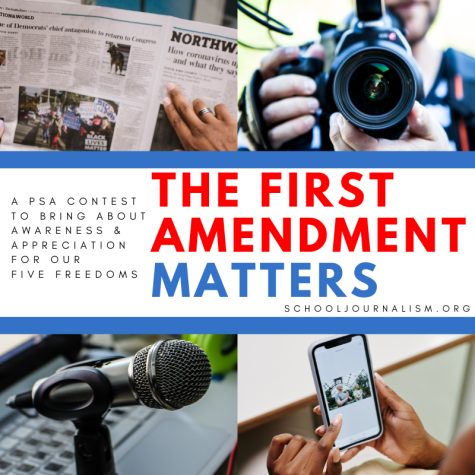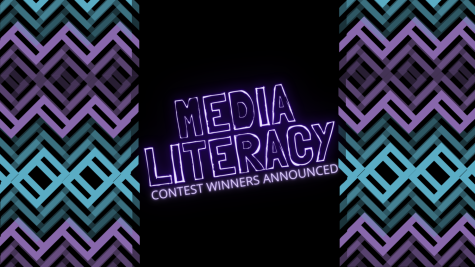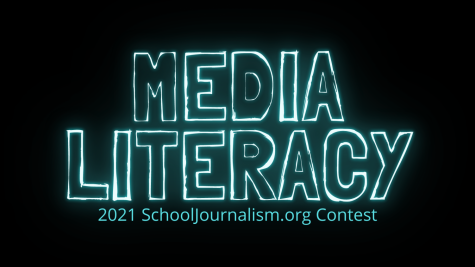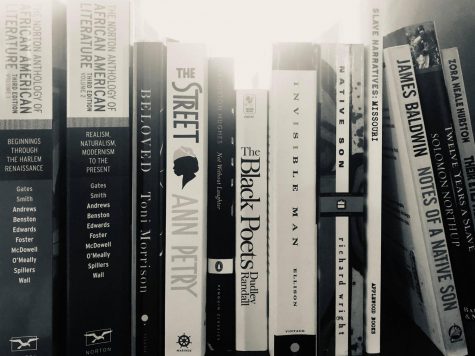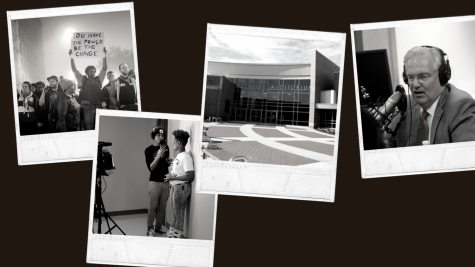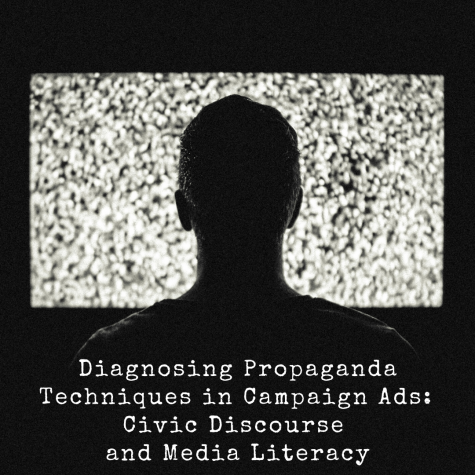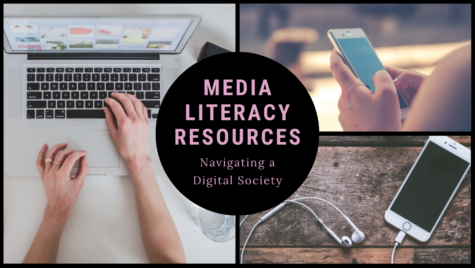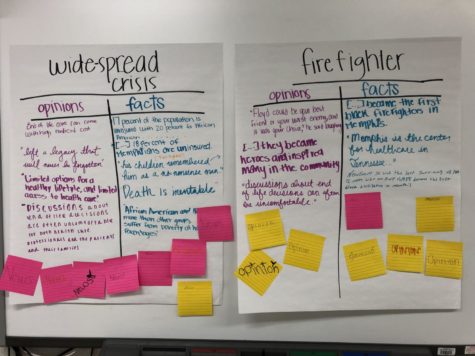Free news and information literacy lesson plans available online
This is the first story in a News and Information Literacy Corner series that will outline the importance of news-and-information-literacy education and highlight classroom resources available online.
It’s increasingly difficult to differentiate news from noise in the digital age. Frequently, a story that seems legitimate is read and believed by millions of people on the Internet even though the story is from an unreliable source and full of factual errors.
The growing news-and-information-literacy movement aims to put the power of discerning fact from fiction into individual news consumers’ hands by giving them the skills to assess whether information is credible. Related initiatives are popping up everywhere, from the American Society of News Editors’ National Community and News Literacy Roundtables Project to The News Literacy Project’s Professional Development Program.
“News literacy stands out because it directly affects a person’s ability to make decisions about the community in which they live, whether that community be a town, state, country or inter-connected world,” said Kelly Furnas, executive director of the Journalism Education Association. “It also is a critically important skill for producers of news, who need to understand how their messages will be interpreted by their audiences.”
JEA has released a series of lesson plans for teachers seeking to help students decipher fact from fiction on the Web. There are five lessons within the overall unit, “Understanding News Literacy.” They are available to download as a group, and each lesson focuses on a specific aspect of news and information literacy, including fact-checking, bias and the changing role of news media.
The unit takes a comprehensive approach by moving beyond the credibility of media outlets to explore related topics, such as civic engagement. The lesson plans were developed by Dr. Megan Fromm and funded by the Robert R. McCormick Foundation.
JEA has additional news-and-information-literacy lesson plans, as well as a complete journalism curriculum, available only to its members. To become a JEA member, click here.
The News Literacy Project and Stony Brook University’s Center for News Literacy also have teaching materials available. The News Literacy Project offers videos, blogs and in-person instruction. The Center for News Literacy sends a weekly lecture feed with short lessons and slideshows and posts lecture materials from previous semesters online.



